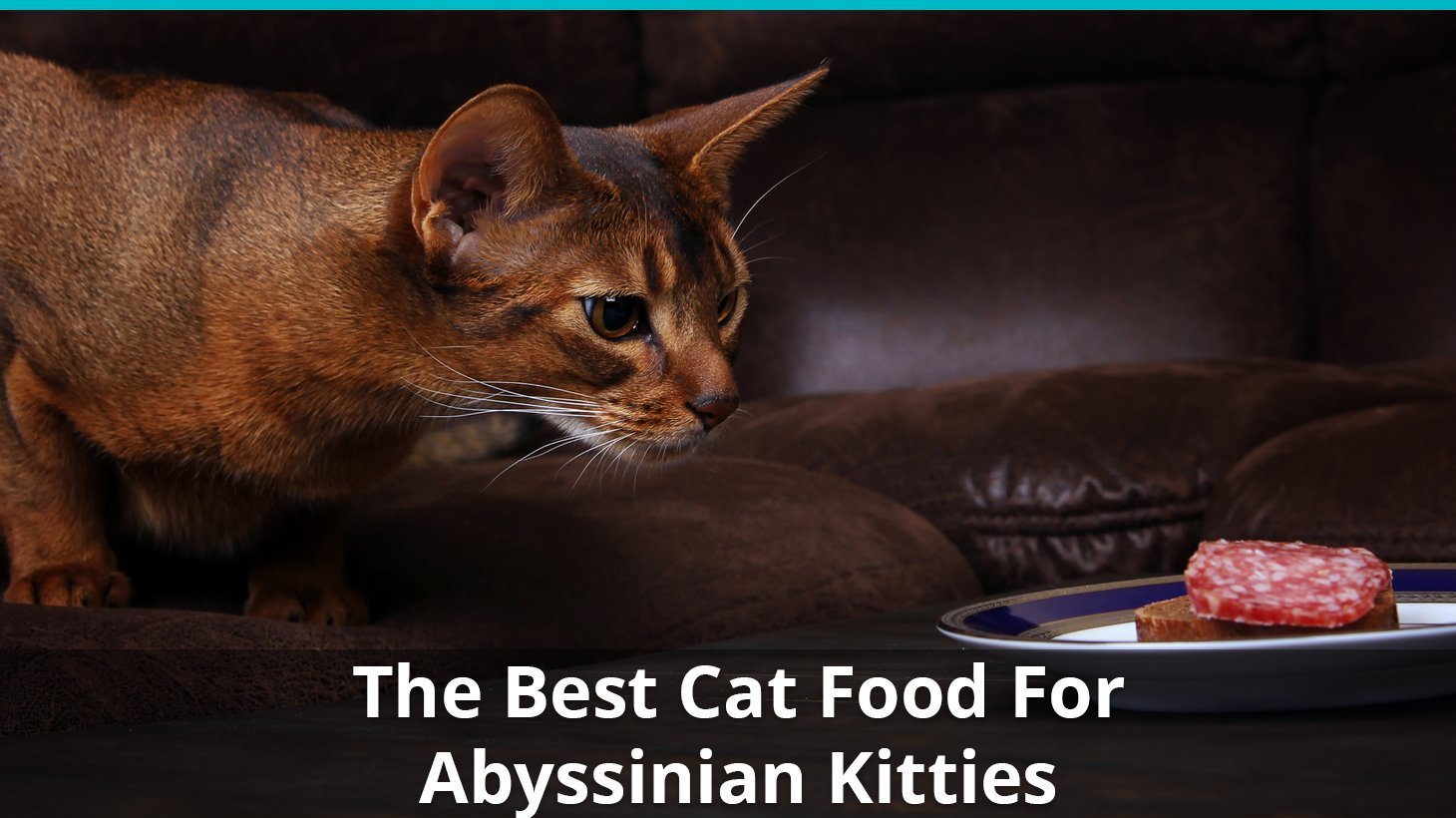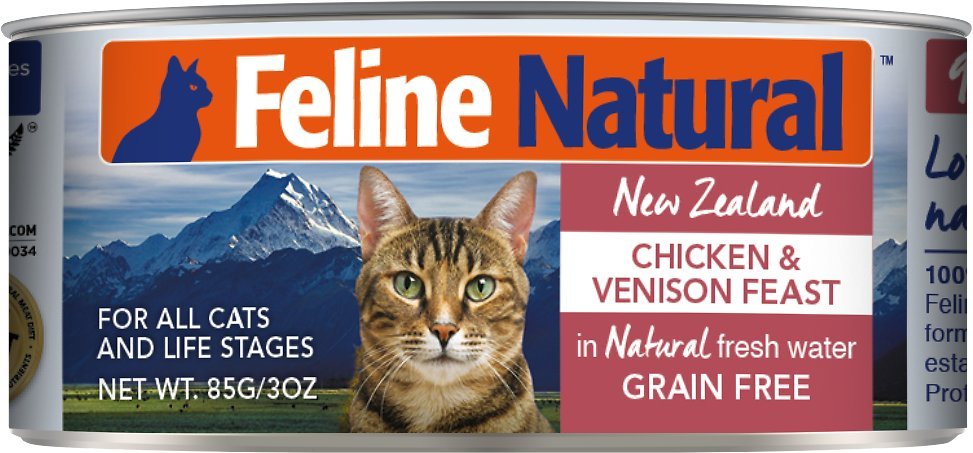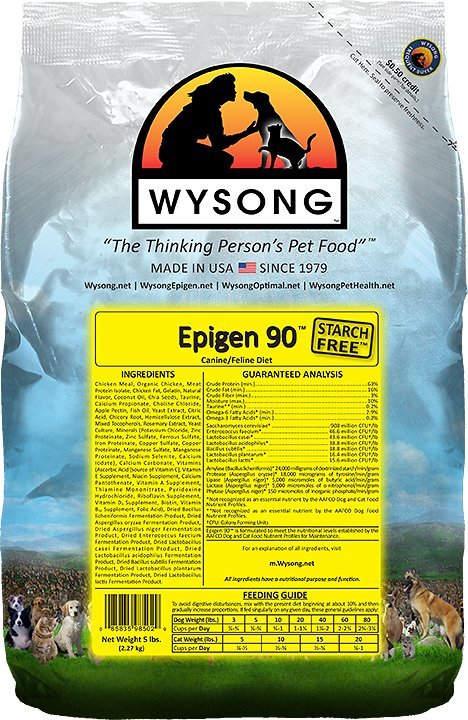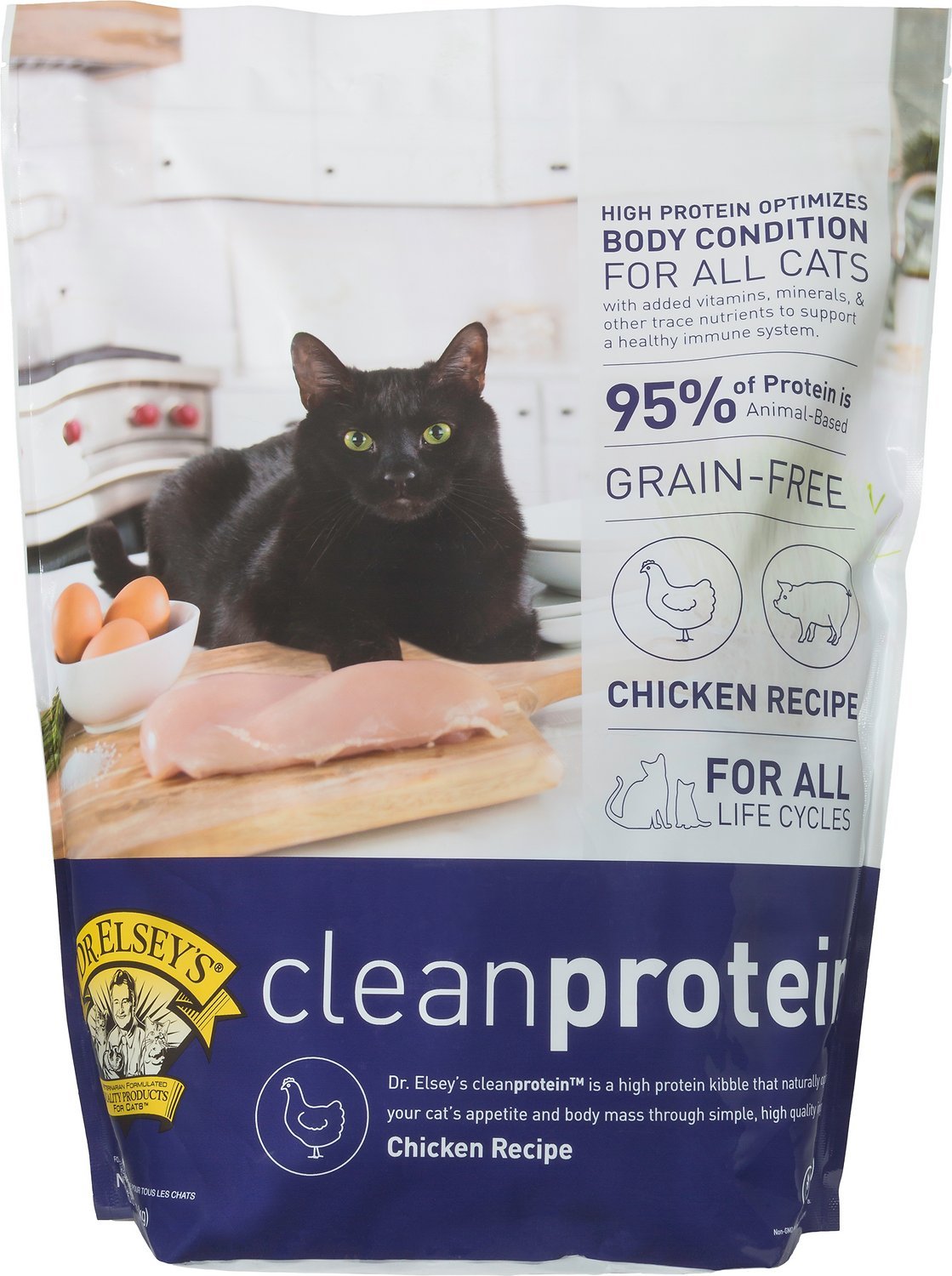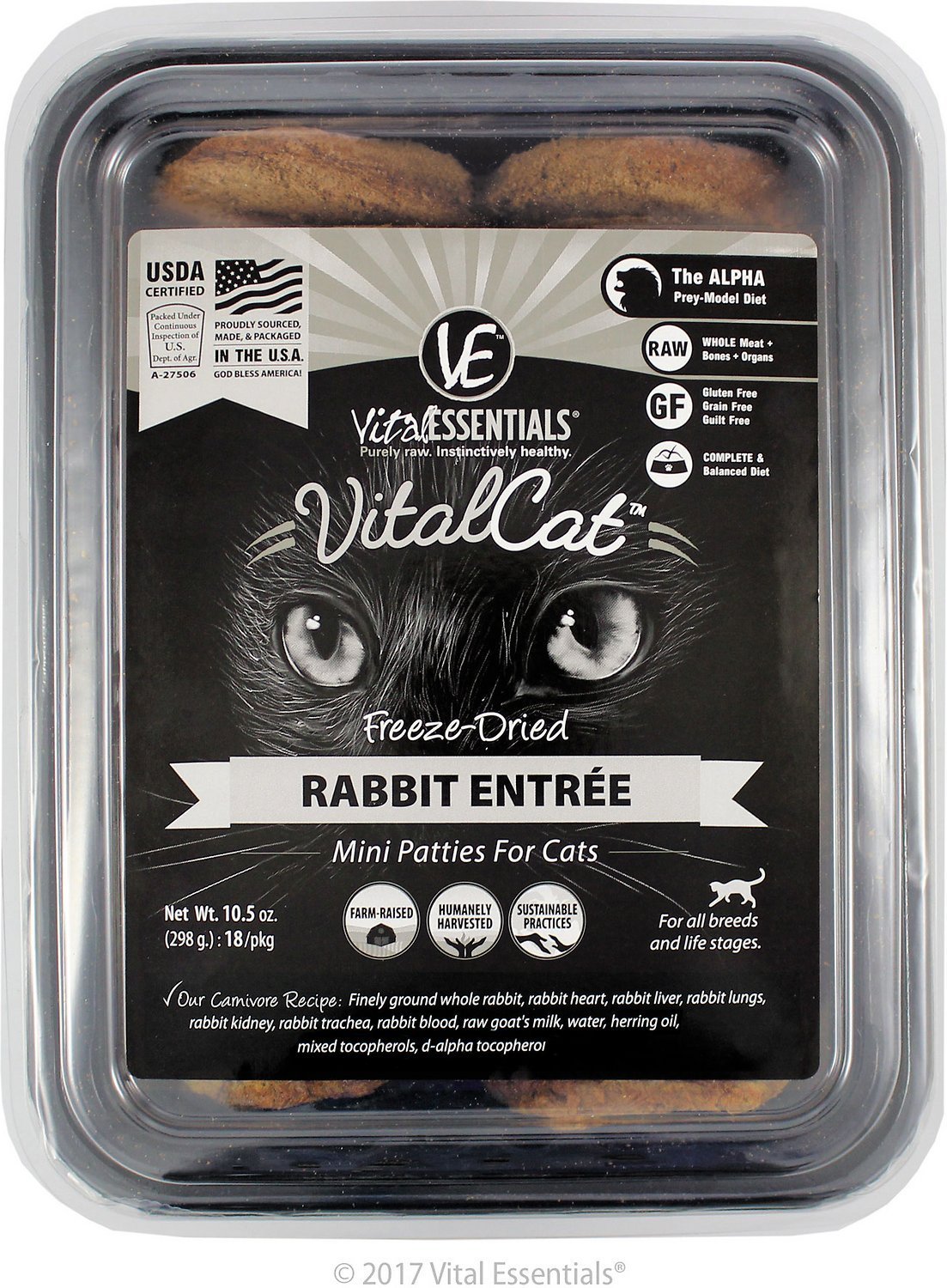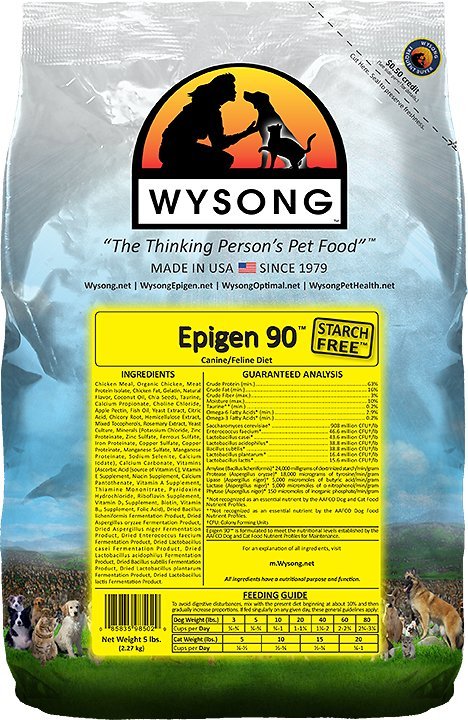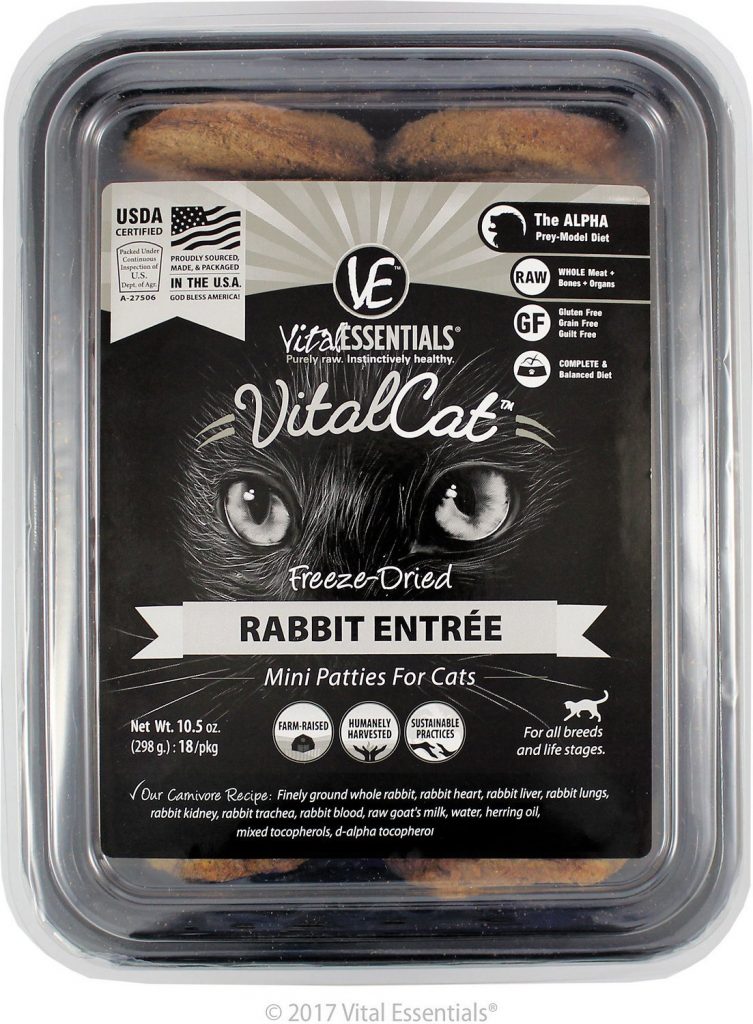Widely thought to be one of the oldest cat breeds in the world, the first records of being imported from Ethiopia date back to 1868. That means that we’ve had the pleasure of loving these amazing kitties for 150 years in the west!
These beautiful creatures are unique to the domestic cat family, possessing rare traits like obedience and the ability to lift with their front paws. If you are lucky enough to possess one of these as a pet, you are going to want to do everything in your power to help keep them healthy and playful.
This starts with supplementing their diet using a cat food that is best for Abyssinian Cats.
That means it must be:
- High in protein
- Low in carbohydrates
- Moderate in fats
It should also be:
- Full of real, named meat ingredients, including organs
- Absent of fillers like corn, wheat, and starches
- Full of vitamins and nutrients, or whole food versions that contain them
Here’s Why We’re Qualified To Talk To You About This…
We put together a massive internal database (which we’ll be releasing to the public soon), of over 2000 cat foods.
We collected data from calories to macronutrients to ingredients to how they compare to the average.
We then used both formulas and a bit of common sense to score each food out of 5.
We looked at studies to find out what cats should really eat.
Basically, we have dedicated hundreds of hours, now, to cat food research, and have the data to back it up!
We’ll be drawing on the data we collected to recommend some of the best foods below.
Our review process is unbiased and based on extensive research. If you buy through the links on our site, we may earn a commission.
Do Abyssinians Need Specific Food?
If you’ll give me 2 minutes, I’ll explain.
But I may have to challenge what most people assume.
Different breeds of cats are really only different in terms of their looks, not their physiology or digestion.
Just like humans can have different hair colors, skin colors, eye colors, body sizes, or body shapes, yet still remain human and have the same nutritional needs, cats can look a bit different, yet be pretty much the same in terms of what they need to thrive.
That means that your Abyssinian kitty isn’t that much different from a giant Maine Coon, or a sly Siamese.
They all require the same, basic, non-complicated nutrient profile.
What Do Cats Eat In The Wild?
Here’s why it’s important to find out what cats eat in the wild…
Domestic cats are descendants of wild cats, and they are not very different biologically.
There just hasn’t been enough time or environmental pressure for them to evolve significantly.
Therefore, what a cat chooses to eat in the wild, should be pretty close to perfect, since eating the right food is about the most important, primary goal for any animal.
Luckily, research has been done on this.
To start, let’s look at a domestic cat study.
In one study, when given the option between a number of commercial pet foods, cats tended to eat the foods that gave them the following macronutrient breakdown (on a dry matter basis):
- 52% protein
- 36% fat
- 12% carbohydrate
That’s pretty different than most pet foods…especially the brands who claim they make “breed-specific” foods.
Ok, now let’s look at the data from a compilation of studies on wild cats.
These studies all looked at feral or stray cat populations. They covered multiple continents and a variety of environments (near the sea, rural, urban, etc.).
Here’s the macronutrient breakdown, on average, of what cats eat in the wild (again, on a dry matter basis):
- 63% protein
- 23% fat
- 3% carbs
Wow!
So much different than most commercial pet foods.
What you should be looking for, then, is a high protein, moderate fat, low carbohydrate food.
That food should get most or all of it’s protein from named meat sources (i.e., chicken, not “meat by-products”).
After all, the foods cats were eating in the wild were almost exclusively animals. Rats, mice, rabbits, birds…(but don’t rely too much on fish. Cat don’t eat them much in the wild, and they’re not as balanced as poultry or small game).
It should have minimal fillers (things like corn, rice, wheat, etc. – even beans aren’t great).
So What Should You Feed Your Cat?
Alright, so we could have just picked some random foods and told you they were “perfectly designed” for your special kitty.
Buuut, that would be totally wrong, bad for your cat, and unethical.
It’s up to you whether you believe us and the data, or whether you believe the big companies who tell you that “breed specific” foods should be full of corn, by-products, and other junk.
If you’re ready to leave the marketing mumbo jumbo behind, read on below to find out our top recommended wet, dry, and freeze-dried food options for your special kitty!
Our review process is unbiased and based on extensive research. If you buy through the links on our site, we may earn a commission.
Ratings Of The Best Cat Food For Abyssinian Kitties
Best Wet Food
Feline Natural
- Very limited ingredient
- Near-perfect macronutrients
- Green lipped mussel for joint health
Best Dry Food
Feline Natural
- Very limited ingredient
- Near-perfect macronutrients
- Green lipped mussel for joint health
Dr. Elsey’s cleanprotein
- Uses chicken and high-protein meat concentrates
- No added carbs
- Near-perfect macronutrient profile
Best Freeze-Dried
Vital Essentials Mini Patties
- Moderately priced
- More compact than some other large auto cat waterer models
- Quiet running
One of the best canned foods you can choose, Feline Natural puts together a recipe full of various cuts of chicken and venison, including organs, which are super healthy for your cat.
It also includes New Zealand Green Lipped Mussels, a very unique cat food ingredient. This is a great addition because it is:
- another animal-based ingredient
- great for joint-health
- made from free-range, grass-fed chicken
There are really no artificial ingredients, additives, preservatives, or gelling agents.
The only drawback is it is a bit pricey.
While we recommend feeding wet food most of the time, since cats require a lot of moisture, but don’t have a strong thirst drive, this is the best of the dry foods out there.
Add a bit of water to it before feeding to make it even more appropriate to your cat’s needs.
Otherwise, it’s a show stopper.
Whereas most kibbles fail to break 40 or 50% protein, this one crushes them all with 70%.
It also has no carbs, and even uses gelatin as a binding agent, instead of a plant based or synthetic option, which is more popular.
The “meat protein isolate” sounds like a big no-no, since it’s an unnamed meat, but Wysong says it’s 100% pork isolate, and they’ve only labeled that because they interpret labeling laws in such a way that makes that the correct way to put it on the label.
Definitely one of the best choices if you feed dry.
We were surprised to see a real challenger to our #1 Wysong pick, but Dr. Elsey’s has delivered.
With chicken and pork protein isolate, they pack a huge amount of animal protein in right at the start.
Egg is a very bioavailable protein, full of amino acids and very digestible.
Again with no carbs, we see a very biologically appropriate macronutrient profile, close to what kitty would eat in the wild, as discussed above.
It has a lot of added vitamins and nutrients, but no digestive enzymes or probiotics, like our #1 pick.
It’s a fantastic option if your cat doesn’t like the taste of the Wysong brand for some reason.
We believe that freeze-dried food has the potential to be the closest to a wild diet for your kitty.
The way it’s made locks in nutrients and flavors the best, and with the least processing required.
When you add water to “re-animate” it, you fulfill the moisture requirements, making it just about perfect.
This starts off with whole ground rabbit. That’s basically what your cat would eat in the wild.
It just so happens to be whole ground, for easier digestibility and eating.
It’s also full of additional organ meat.
The carbohydrate content seems to come from the raw goat’s milk, as there are no added plants here.
Overall, this is highly appropriate for a feline.
And remember, the cost per pound goes down significantly when you add water to it. Your cat isn’t going through the package in a couple of bites, since it will expand and go further when rehydrated.
Therefore the higher apparent cost per pound is a bit of a false signal.
About as close as you can get to a proper wild diet from a commercial pet food!
Diet & Physical Characteristics of the Abyssinian Cat
As with all cats, you’ll want a very high protein diet, with some good healthy fats included. Since they’re such busy kitties, free feeding is usually not an issue, although if you wanted to be safe and give specific portions, you could try using a timed feeder.
There’s been suggestions that Abyssinians may suffer from gingivitis, which means that you can help them out by providing some dry food at least once in awhile.
The Abyssinian cat breed is characterized by its long limbs, neck and tail. Their body is muscular yet graceful with a contoured head and large ears. The shape of the eye is almond, and in varying shades of vivid green.
The coat of the Abyssinian Cat is medium length and soft to the point of being silky. Coats can come in a variety of colors including ruddy, red, blue or fawn, but it is always ticked.
Ruddy haired varieties will have ticks of dark brown or black while red will have beautiful ticks of chocolate brown and red. Blue is a warm beige coat ticked with light hues of cocoa brown.
There is an obvious ancient Egyptian look to the Abyssinian cat, starting with their regal head and extending to the long tail. Cat experts agree that these are direct descendants of the breeds found inside of Egyptian tombs.
These are not aloof cats at all. In fact, they crave human companionship and make loving companions. They can be quite playful at times, and will react zealously to the slightest show of affection.
For their mental health, it is important that you lavish your Abyssinian cat with the attention they crave. Pet them lovingly, play games of fetch or just shake feathers just out of their reach.
The more time they spend being entertained by you, the closer the bond will be. This type of interaction also keeps their mind sharp, helping them to enjoy their life to the fullest even after passing middle age.
A Bit More Reading..
We found these sources an interesting “gateway”, if you will, to the world of breed specific cat food and just how silly it is.
- Netflix’s “Pet Fooled” Reveals The 10 Big Secrets The Pet Food Industry Is Trying To Hide – IHeartDogs.com
- Breed Specific Nutrition? – TruthAboutPetFood.com
- Cats and Carbohydrates: The Carnivore Fantasy? – https://www.ncbi.nlm.nih.gov/pmc/articles/PMC5753635/
- Estimation of the dietary nutrient profile of free-roaming feral cats: possible implications for nutrition of domestic cats. – https://www.ncbi.nlm.nih.gov/pubmed/22005434 (full text downloaded as file name 2011_82.pdf)
Categories

